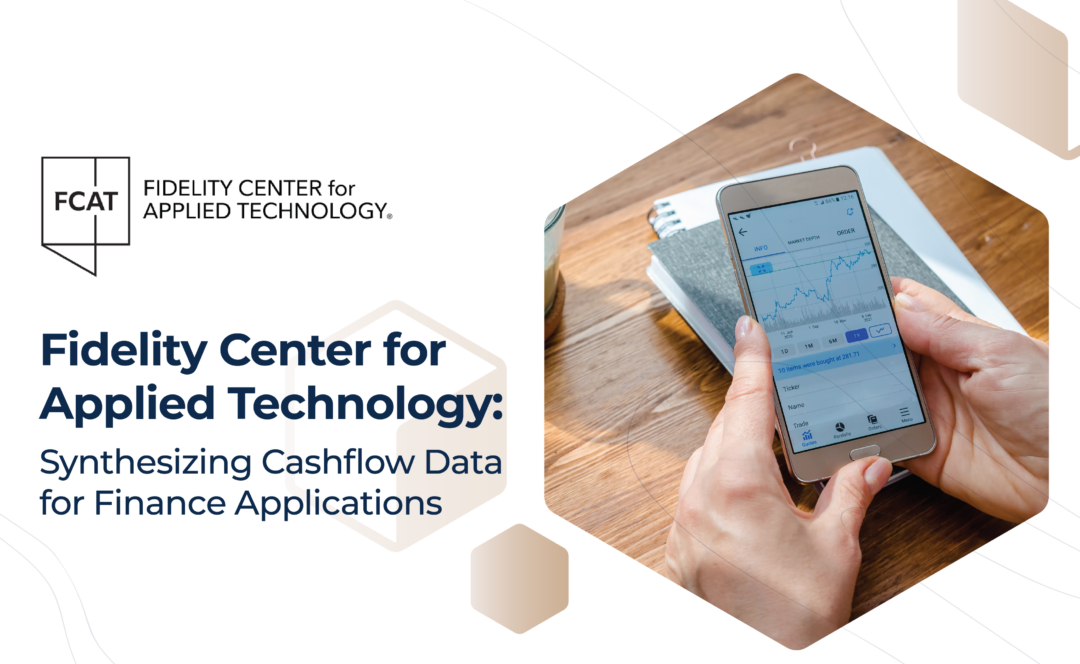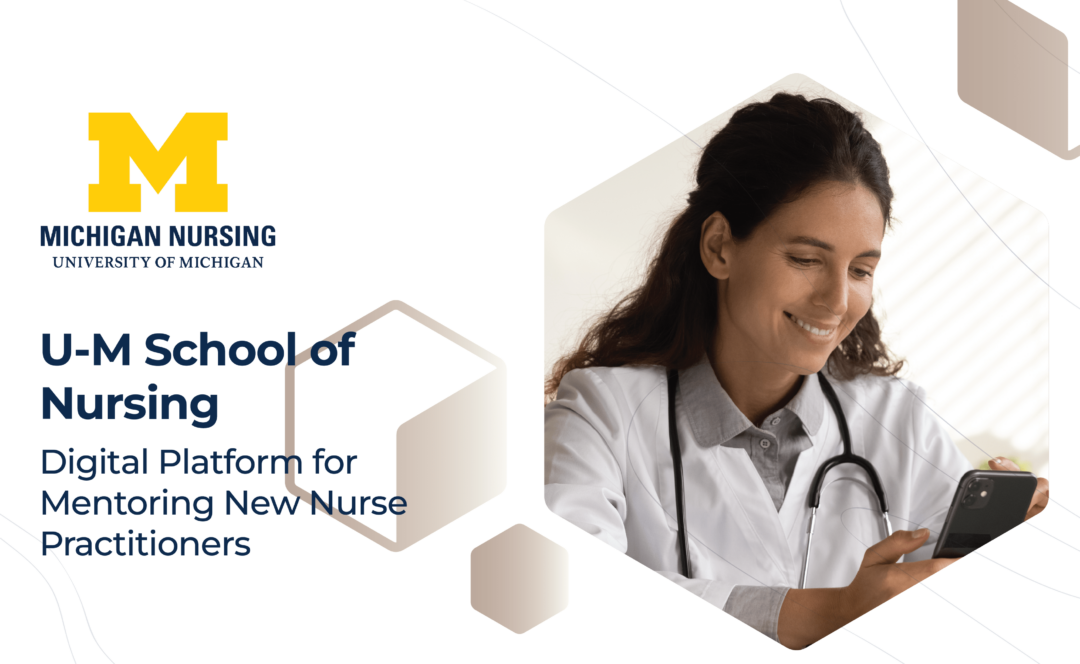– Clear
As paint is stored, its physical properties change over time impacting performance. Students on the Axalta team will investigate innovative ways to improve the accuracy of stability predictions of specialty paints and coatings by focusing on modeling physical properties.
Walbridge construction company makes jobsite safety a top priority on all of their projects, including their two active jobs on U-M’s North Campus. Students on the Walbridge team will use 360° images from jobsites to develop a computer vision model that detects safety non-compliance on worksites.
EV battery thermal management is critical for performance and life of Li-ion batteries, but pack level testing is expensive and hazardous. Students on this team will develop a lab-scale hardware in the loop testbench (to be used as teaching tool) to help safely bridge the gap between cell level tests and pack level system performance evaluation.
Researchers at the University of Michigan Transportation Research Institute (UMTRI) have been improving accident impact simulations by broadening the types of body sizes and shapes considered. Students will develop parametric human body models that are capable of testing wide ranges of body sizes, types, and shapes to help create better adaptive and personalized designs for human safety and mobility.
Wireless sensor networks are needed for studying Earth’s climate and for real time monitoring of the spread of viruses or pathogens. The Mapleseed team aims to develop miniaturized robotic vehicles capable of carrying various sensors and automatically measuring certain atmospheric parameters and particle/virus concentrations in targeted spaces.
The Heliophysics team is developing a data processing pipeline to detect planetary emissions during extreme space weather incidents in support of the NASA SunRISE mission. Additionally, the team is constructing and operating a ground-based radio antenna array, with overlapping frequency coverage to SunRISE. This term, the team will expand their ground-based radio interferometer both locally and in the Upper Peninsula.
Single use plastic cartridges and mixing rods for adhesives and sealants are convenient and popular, but they are not environmentally friendly. Students on the PPG team will bring their creative ideas and generate a very wide range of packaging containment, mixing, and delivery concepts and produce conceptual demonstrations and feasibility evaluation for the most promising concepts.
Human body models can be used to better understand and design to prevent injuries to a diverse population of shapes and sizes, but the work required to accurately develop these is time consuming and often manual. Students on this team will use AI and ML techniques to investigate and fine tune existing open-source CT scan segmentation software for the eventual purpose of generating accurate 3D surface models of the human body.
Research at the University is largely supported by grants from large funding organizations, but many grant applications are rejected because any number of strict application requirements are not met. Students on the U-M CAEN Grant team will create an AI supported tool to review grant submissions against the submission requirements.
The University reviews hundreds of thousands of resumes each year in an imperfect, time consuming manual process. Students on the U-M ITS AI Resume team will create a tool that leverages AI to compare resumes to job postings to identify top candidates.
Keurig Dr Pepper (KDP) markets the number one single-serve coffee brewing system in the United States. Students on the Keurig team will design, prototype, and integrate a method to heat and froth dairy and flavorings into an existing brewer and brew engine to deliver a one-step coffeehouse style beverage to home consumers.
Surgeons use electrosurgical pencils in the operating room, but the smoke generated by this operation is hazardous. The students on this team will redesign and prototype Stryker’s smoke evacuating surgical pencil with the goal of making it so easy to use that surgeons fight for it, while make surgeries safer and more precise.
Obtaining pregnancy and infant health information can be overwhelming and complex. Students on the U-M School of Nursing’s VIP PartnersTM project will leverage U-M Generative AI tools to create a one-stop, trusted, intuitive healthcare resource that provides users individualized responses to their questions.
Help us redesign our market leading live-cell research product, Incucyte. Students on the Sartorius team will provide the initial conceptual design and prototype work to develop a new, miniaturized, precision Live-cell Research Platform. Instead of placing our microscope inside and incubator, can we put the incubator inside the microscope?
Constellation moves tens of thousands of nuclear fuel bundles every year, which requires a cross-trained staff of operators performing a series of challenging tasks with varying expertise. Students on the Constellation team will create a model that evaluates data from 50,000 completed fuel moves to optimize future performance and enhance operator training.
Tangential flow filtration (TFF) membranes are used for purifying proteins and other biological molecules that are grown in cell cultures. Students on the Donaldson team will characterize mechanisms for membrane fouling (i.e., clogging) during crossflow filtration, and investigate solutions to mitigate this issue which degrades performance.
Here Technologies aims to provide a complete, accurate and easy to use digital representation of the physical world. Students on this team will leverage large language models (LLM) and Geographic Information System (GIS) technologies to group related points of interest together for improved navigation.
Sweet Ride is a busy coffee shop in the casino food court with a million dollars of annual sales, but the physical space is difficult to work in. Students on the MotorCity team will analyze and optimize the space and operations at Sweet Ride to improve customer service and the bottom line.
Students on the FCAT team will design and develop a prototype personal financial management (PFM) application. It will include the generation of synthetic spending datasets, a range of simulation functionality, basic UI, and analysis. The app will be tailored to the financial behaviors of Gen Z users.
Cargo ships of the future will need to reduce their emissions to remain competitive and lower their environmental impact. Students on the Fincantieri team will analyze the effects of the shape of the bulbous bow on fuel efficiency and design a reconfigurable bow that reduces drag under variable speeds and sea conditions.
The CLUES Project uses artificial intelligence methods to index both what was said and visually presented in class sessions. Through this innovation an unprecedented data set is being created that identifies the knowledge being transmitted in college courses and allows students the ability to search for specific moments in their class sessions.
This Atombot project will build a controllable miniature swarm robot system, based on a prototype developed by the Z Lab, study the fundamental emergent behavior of many-robot systems, and explore mission-critical applications in homeland security.
Nurse practitioners work in challenging environments which can lead to increased turnover, but outcomes can be improved with support and mentorship. The NP Companion platform will match newly qualified NPs (Nurse Practitioners) with more experienced NPs to provide support and mentoring and offer content relevant to what new NPs can expect after graduating with their NP degree and in their first 1-2 years of practice.
This faculty research team uses core principles of animal locomotion to create advanced robot technologies by distilling their mathematical principles and using machine learning automation. Students will design and fabricate robots, write core software components, and run robot and animal experiments, all in support of this mission.
To assess vehicle safety and ease of operation, the SIM team is designing a virtual driving simulator through open-source, simple hardware, and virtual roadway and scenario simulation. This team will also conduct experiments with users of software/hardware to validate ease of use and functional requirements.
Estimates suggest that billing errors may cost patients and the healthcare system anywhere from $10 - $20 billion annually. Students on the IHA team will integrate AI techniques to develop a tool that assists auditors in identifying improperly billed patient services, assigning proper billing codes, and predicting such errors to prevent recurrence.
G2 is a software marketplace that started by asking the question “why is it easier to find authentic information about a $100 hotel room than a $100,000 piece of software?”. Students on this team will design a tool that will leverage the power of AI to make reviewing software easier with the goal of increasing the number of completed reviews by as much as 10%.
To maintain cost competitiveness when moving production on a popular product from Asia to the US, Reverie needs to increase the automation of the assembly and packaging process. Students on this team will evaluate the design of the EZ-Lift™ Universal Foundation, develop an approach to automate the assembly, and perform the business case analysis to support moving the manufacturing location to the US.
As therapies for cancer become more available world-wide, there is a need to develop screening tools to diagnose potential patients overcoming geographical and economic limitations. This team will develop software-based tools to facilitate diagnosis and interpretation of cancer image data. To aid this work, the DIAG team is also developing a personalized education AI assistant by leveraging LLMs and open-source materials
The Statistics Online Computational Resource (SOCR) is an online platform including web-services and advanced methods in probability, statistics, and machine learning in the health sector. This team will develop an enhanced analysis and visualization toolbox with an emphasis on “Big Data” - very large datasets that are difficult to analyze and interpret in meaningful ways with basic probability and statistical methods.
Students on the JPMorgan Chase (JPMC) team will implement an AI chatbot assistant for payment client onboarding based on the Rasa platform to improve the onboarding efficiency, accuracy, and client experience within the business process of setting up client payment channels. All student team members will become JPMC 2025 Summer Interns, based in Chicago, IL.
Moving patients in hospitals is a complex procedure that requires the caregiver to monitor the patient while pushing the stretcher while also managing any external equipment. Students on the Stryker Autonomous Stretcher project will design and develop a system that allows the stretcher to operate autonomously, freeing up valuable caregiver resources for other related activities.
































